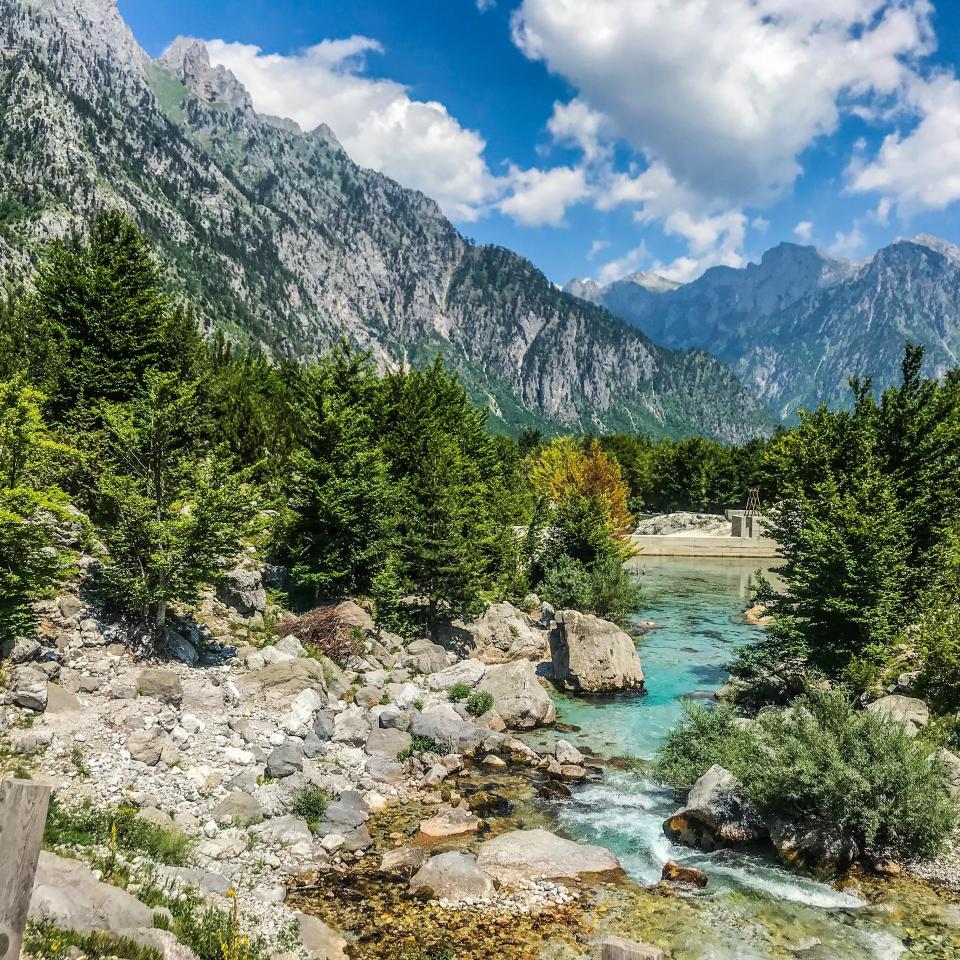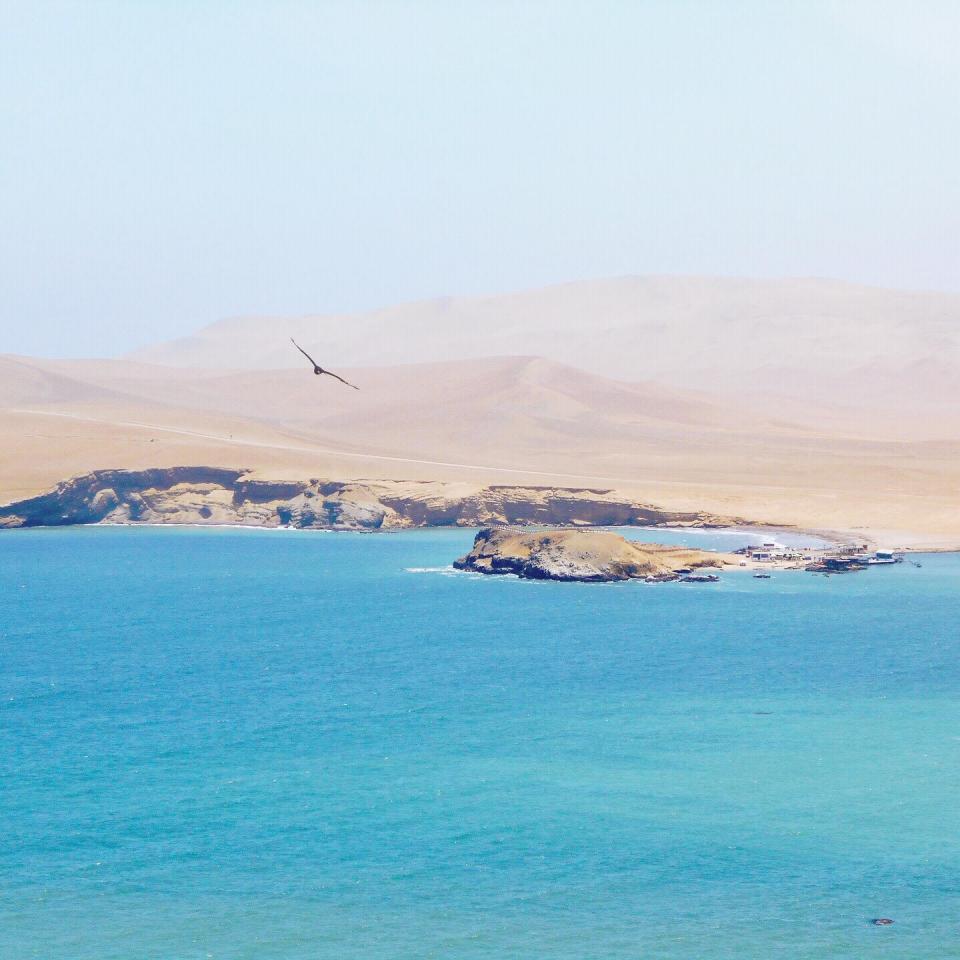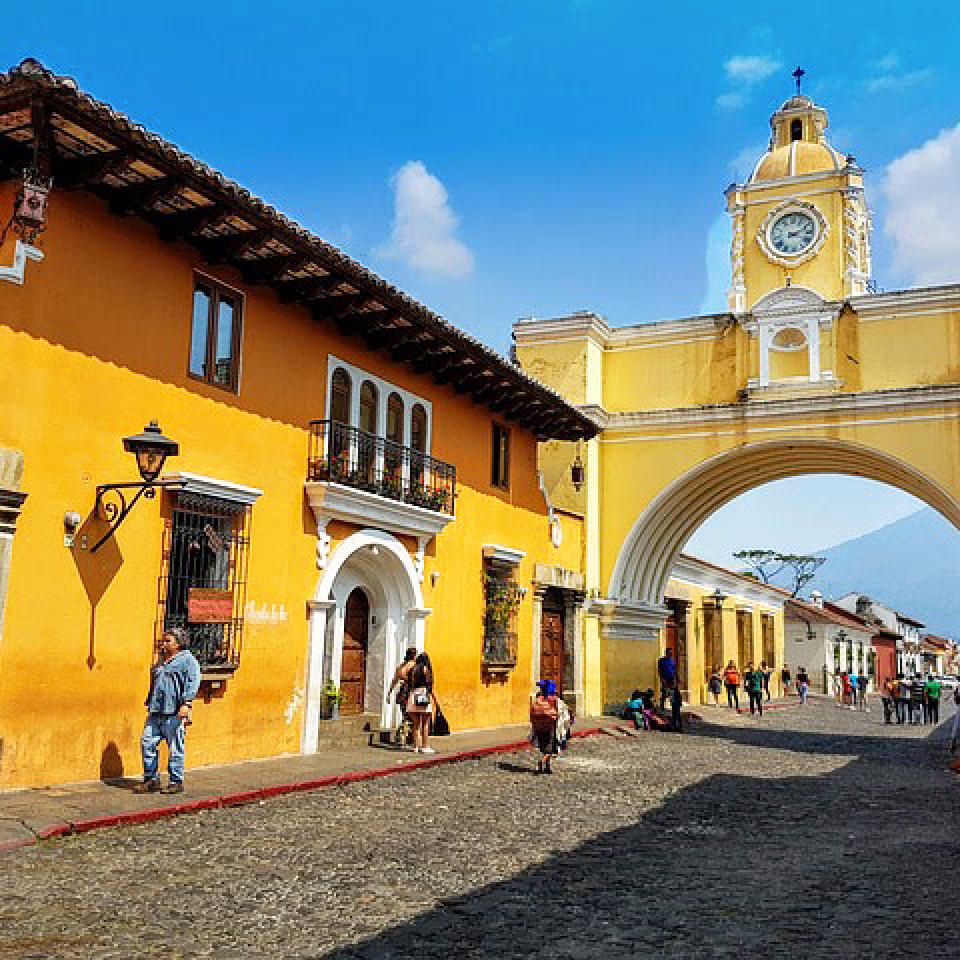Wild camping (also known as free camping - I use these terms interchangeably, or dispersed camping and boondocking) is a brilliant way to travel off the beaten path and take some time out in nature. And let's face it, the last thing we want right now is to be surrounded by crowds of people!
Wild camping means that instead of going to paid, developed and public campsites with other tents, RV and campervan goers, you are out in the wilderness, with the expresses permission of the landowner (more on this later). While you forgo amenities and facilities such as toilets and showers, you can pitch your tent or park up for NOTHING - wild camping is completely free.
Note: It is important to note that you can embrace wild camping in many ways. If you wanted to tie it in with some hiking, you could carry everything on your back, hike during the day and pitch your tent at night. If you fancied doing it as part of a road trip, you could drive your campervan / RV to a wild camping spot and set up for the night. Or if you wanted to wild camp with a few home luxuries, you could drive to the wild camping site and pitch your tent right next to your car! The choice is yours! If you are just starting out, I would suggest taking your vehicle so you can pack as many luxuries as you like!
Don't miss our epic wild camping checklist!
Who does wild camping appeal to?
Wild camping will appeal to those who are on a budget but seeking adventure, as well as those who are looking to disconnect and submerge themselves in nature. It is also great for those looking for a last minute adventure. Given the sudden uptake in camping, most established campsites will be booked months in advance at the moment, but with free camping, you will always find a spot.
What to expect from wild camping:
While the exact conditions will depend on where you are camping (and in what country you are camping), there are a few things that are universal to all those who are looking to embrace wild camping:
No showers or toilet facilities
Often no water source
No rubbish facilities - you must take everything away with you
Often no fire facilities
No picnic tables or cafe facilities
Often the roads are unmaintained
Mobile phone service can be hit and miss and obviously there is no WIFI when you are wild camping
Is Wild Camping Legal?
Wild camping rules differ from country to country. In the United Kingdom, wild camping is legal across most of Scotland but you must follow the Outdoor Access Code such as leaving no trace and all of your litter away with you. You will often hear this referred to as the ‘Leave No Trace’ code.
Elsewhere in the United Kingdom, unfortunately wild camping is mostly illegal, except for parts of Dartmoor. The general rule thumb for wild camping is that you must have the expressed permission of the landowner. Fortunately, there are plenty of landowners offering out their land for wild camping experiences you just need to ask them - but remember, always follow the 'Leave No Trace' code of conduct. You will find similar laws in Ireland as well as for wild camping in Europe.
In Scandinavian countries, Norway, Denmark and Sweden, the common right of access is in place, meaning you can wild camp on open land, but only for one night and you have to be on foot and more than 150m away from any inhabited houses.
Wild camping is actively encouraged in Australia and New Zealand, but certain environments are off limits so you will have to do your research before you set off.
In the USA there are a range of Walmarts, National forests and Public Lands that you can use for wild camping. I have detailed some great apps and resources for finding these wild camping spots below.
Free Camping near me:
Free and wild camping spots are plentiful, it is just a case of knowing where to look. But often if you just type into Google ‘free camping near me’ or ‘wild camping near me’ a bunch of stuff will pop up. There are also helpful apps for finding free camping sites close to home. Below is a collection of up to date resources that you can use to find free campsites when travelling.
Free Camping in the USA:
--> Free Roam: This is a desktop and mobile app with some really great features to help you easily find public land.
--> Campendium: Fantastic resource that allows you to search free camping sites by state. You can read reviews, look at pictures and see the campgrounds mobile coverage. Available on desktop and as an app.
--> IOverlander: This app is full of user submitted campsites as well as other traveller information like rubbish sites and water refill stations. A great place to start your research but because it relies on users adding the most up-to-date information which isn’t always accurate. If you decide to use this app, make sure you do some additional research once you have found somewhere that you're interested in.
--> Ultimatecampgrounds.com (US and Canada): This interactive map shows all public campgrounds in the USA and Canada. While not all the campsites listed on here are free, it will tell you which ones have fees and which ones don’t.
UK Wild Camping:
--> Pitch Up: Pitch Up is an online booking site started in 2009 as a way to make it easier to find and book camping experiences - including Wild Camping. They have additional information on bike routes, walking routes, pubs and nearby events, basically everything you need to have a great break away.
--> Campsites.co.uk: Great resource for finding all types of campsites. They also have helpful articles as well as a beginners guide to camping!
--> Wild Camping POI: App (paid £20 per year): If you're interested in wild camping (in a campervan) then this is for you.
--> Otter Vale and The Little Silver Stream Wild Camping - Based in Devon, I have personally stayed at both and they are fantastic for those who have never wild camped before (like me previously). They both have some facilities such as portable showers, toilets and fire pits, but you will still be in the middle of a random field with open countryside all around you. While it is popular, it is not crowded so you will feel like you are alone.
Before you go wild camping:
Before you go wild camping, or camping anywhere, make sure you familierise yourself with the Outdoor Access Code and the seven basic ‘Leave No Trace Principles’. These are used by campers to enjoy the outdoors without causing others or the environment any harm. Following these principles is the best way to ensure that free and wild camping will be available for all in the future and to minimise our impact on public lands.
--> Prepare and plan ahead: Do your research ahead of time. Bring the right equipment and make sure you are able to be completely self-sufficient. Check ahead of time for specific rules relating to campfires, how long you can stay in an area and how far from the roads you can camp.
--> Ensure you can dispose of your waste: You will need to take all of your rubbish with you. Do your research on what the protocol is for human waste.
--> Check where you camp: Do not set up camp on vegetation. Look for isolated, barren, dirt, rock or sand to pitch your tent.
--> Respect Wildlife: Part of this is ensuring that your food is properly stored away and that the animals do not become reliant on being fed by humans. So make sure you pack sealable containers.
--> Be considerate of others: Don’t crowd people, pick up after yourself.
Top tips for your wild camping adventure:
Research your wild camping spot before you go
To inform what you take with you. For example: If there is no water source, you will need to take your own supply with you.
Plan your route
Plan your route because most of the time, they are in the middle of nowhere. Make sure your car, campervan or vehicle can actually reach your wild camping spot.
Pack accordingly:
Put your food in containers and get rid of the packaging before you set off. This will minimise your rubbish and help prevent animals stealing your food or your food going off in the climate conditions.
Water is important!
Carry a water filtration system with you, or lots of bottled water (if going by car)
Cooking Equipment:
Bring a gas stove with you especially if you are not comfortable with lighting a successful fire
Navigation:
Download maps.me and bring a paper map and compass. If you are using your phone, make sure you have enough battery / bring a battery pack with you.
Pack layers!
Wherever you are, temperatures drop at night so prepare for that. I also like to bring hand warmers to place in my sleeping bag or a hot water bottle.
Make a packing list
To ensure you have everything you need or use our handy digital one here!
Bring cash with you:
Cash is king when you are out in the wilderness, make sure you have enough with you.
Remember your necessities:
Don’t forget your toilet paper and essentials like a trowel and biodegradable bags - yes, really.
What to pack for wild camping:
Check out our digital checklist for everything you need to ensure your wild camp is a success.
Tent / bivvy bag / hammock
Sleeping bag, sleeping mat, pillow
Water filtration system
Potty kit - sealable and compostable
Food and water and necessities
Gas Stove
Duct tapes, rope, first aid kit
Camp chairs, lamp, head torches, portable battery and cables
Sandals, warm clothes and thermals
Wild camping with dogs:
This was the first year I took my parents dog with me, Gibson. He absolutely loved it. While I don’t have a huge amount of experience wild camping with dogs, here are some of my top tips:
- Take a lead with you as well as a longline or extendable lead. Whether they can be off the lead is dependent on where you are camping, but make sure you have the necessary supplies just in case.
- I recommended letting your dog sleep with you, especially if it is a new experience for them as it can be stressful at first. If you have a tent with various compartments, they could sleep in the ‘hallway’ bit but make sure you bring their dog bed too; it gets cold at night. If you do not want them in with you, make sure you bring an outdoor bed / crate and lead.
- Make sure you bring: Lead, harness, food, water, bowls, treats, toys and chews. I also recommend a doggie first aid kit just in case.
Final thoughts...
Wild camping is an amazing experience and you can embrace it as much or as little as you wish. I started out by taking my car to a designated wild camping spot so I could pack everything I needed - which is a great style of camping for beginners. If you are more experienced, just strap on your backpack with everything you need, check the wild camping resources above and set off into the wild. And if after all this, wild camping isn’t your thing, check out our other mini adventure ideas here






